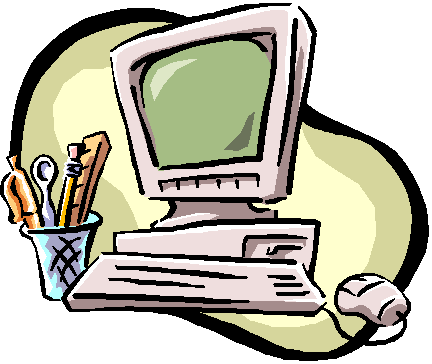|
Namely: Gadgets
I have always been a huge lover of gadgets! Anything
a bit techy and I need it! Clearly
a trip like this is a good excuse for a whole host of new toys!
-
Computer
-
Computer Accessories
-
Digital camera
-
Mobile Phone
-
GPS
1. Computer
Our most expensive item by far is the laptop computer.
It is also the most used. This
is a list of its main functions:
- Communication.
It is our only real form of communication with our friends and
family – via email. We
can also send and recieve faxes.
- This
website. We are trying to
keep it as up to date as possible (whenever we get access to phone
services). All the credit
for web design goes to JO along with the diary writing.
- Photograph
storage. Pictures from
our digital camera (see below) are downloaded to and stored in the
computer.
- Navigation.
All our route planning and navigation is done using Global
Explored from Delorne. A mere US$50 get a DVD with satellite maps of the entire
globe overlaid with roads, rail, towns and cities, as well as useful
information such as tourist attractions.
- Entertainment.
Our small library of DVD’s
and CD’s is not only good for hotels without english TV, but also
for entertaining new friends along the way.
2. Computer
accessories
We carry a few essential accessories for the computer:
- 240v
charger / power supply
- Pair
of external speakers (for CD’s and DVD’s !)
- CD
writer. For ESSENTIAL weekly backups of diary and photos
- Data
lead for mobile phone
- PC-Card
modem
- Modem
“travel-kit” – a set of international telephone plugs
- PC-Card
smart-media adapter. To download photos from camera
3. Digital
Camera
We have a Fuji MX-2900 zoom. You can see for yourself the picture quality on our photos
pages. It is very simple to
use – just point and click (although just about everything can be
manually adjusted if you know what you are doing!) The photos are stored
on solid-state “Smart-Media” diskettes, which can be plugged straight
into an adaper in the PC-card slot in our laptop. We use 8Mb cards,
capable of holding 17 pictures at the resolution we use. (This can be
anything from 1-141 depending on what picture quality is required)
The cards are
downloaded to the laptop the wiped clead ready to use again and agin.
The relatively high cost of the camera has paid for itself already
in saved film and processing costs. Not
to mention the headache of storing film in extreme weather conditions.
The main advantage though, is that all our pictures
are stored safely in our laptop, from where it is easy to either upload
them to the internet, or record them to a CD for permanent backup storage.
4. Mobile Phone
The GSM digital cellular phone network makes communication a
very simple, albeit rather expensive passtime.
Iran is the only country on our proposed route that does not
participate in global roaming arrangements with BT Cellnet. Agreed, the
degree of coverage will be variable, but since a large town is never very
far away (especially in Europe) we are not expecting any major problems.
The phone we have is a Nokkia 6150.
This model was chosen for 3 reasons:
- Dual
band. Capable of operating on GSM900 and GSM1800 networks
- Infra-red
communication to laptop
- All
accessories (including spare battery) are interchangable with my old
phone, a Nokkia 5110.
We susequently found the infra-red communication to
be a bit of an unreliable gimmick, and always use the data lead supplied
with the software when sending and receiving email.
5. GPS
We have a Garmin GPS II plus. I have owned this for 2 years and it has served us
faultlessly. We had no reason
to change it for another make/model.
The GPS is mounted on the dashboard with the genuine
Garmin mounting kit, and recives power full-time from the vehicle’s
auxillary battery. It also
has a set of Duracells installed, so if it is removed from the cradle for
any reason (eg if we use it whilst walking) no data is lost.
The power lead to the GPS also allows data communications to the
laptop. A couple metres of wire terminated with a standard RS232 9-way
plug is coiled in the tray of the dashboard, which allows the computer to
be used anywhere in the cab of the vehicle whilst attached to the GPS. This is used for both downloading a days track, and uploading
usefull waypoints to aid navigation.
The Global Explorer software we have communicates
directly with the GPS allowing 2-way transfer of data, or real-time
tracking on a moving map display.
We have a small (matchbox sized) antenna stuck to the
middle of the rear hard top. Although the GPS worked with the built-in
antenna inside the cab, it gave a poor quality fix, especially in marginal
conditions.
|

![]()


![]()
![]()
![]()
![]()